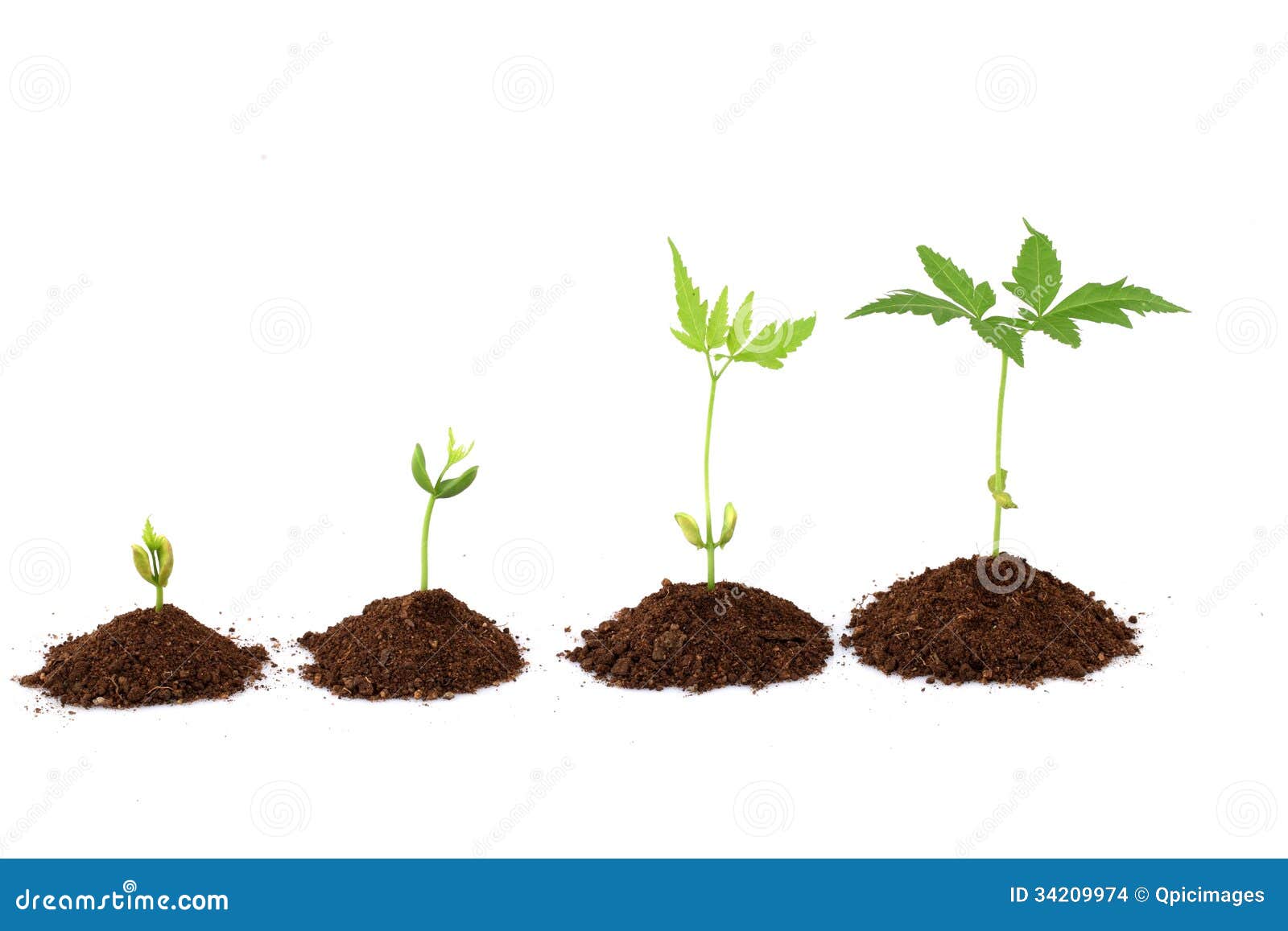Planting of Seeds of Photosynthesis!
Introduction
In this unit, students will be learning about plant life and how plants make their own energy. Students will group into threes and work together to successfully grow three different daisy plants. They will observe and record growth and connect to choroplasts and photosynthesis.
Grades: 1 (Students should be given background on the plant cycle!)

Task
Students will observe three daisy plants each day. One plant will be in direct sunlight, one plant will be in half sun and the other plant will be in the shade. They will measure the plant growth and study the affect of sunlight on the process of photosynthesis.

Process
Students will be paired into groups of threes. One student will be the planter and will plant three daisy seeds for each of the three plants. This student will be incharge of the plant's care and will water it periodicly. Another student will be incharge of placing the plants in the sun, the half sun and in the shade and will draw a picture of where the plants are located in the classroom. The last student will measure plant growth each day in centimeters and will record the data. Each group member will have a journal for observations and data collections. Students should sketch their plants daily.

Evaluation
Students will be evaluated by the growth and care of their plants as well as the data collected and observations. The observations and data collections should be made daily as well as a sketch of the plants. Students should hypothesize how tall each plant should grow and when they think each plant will flower. They will also decide which of the three plants will be the most successful in growth. Students will be graded on the completion of their jourals (hypothesis, observations, data and sketches) and tri-fold project.
RUBRIC:

Conclusion
Students will conclude their experiment with a picture taken of each plant with a small tri-fold which includes the pictures of each plant, how much they grew, sketches of the growth of each plant and a definition of what photosynthesis is in their own words as well as how the sun affects photosynthesis.


Teacher Page
The NGSS NATURE Science Standards met in this activity are:
- Science investigations begin with a question
- Scientist use different ways to study the world
- Science knowledge can change when new information is found
- Scientists use drawings, sketches, and models as a way to communicate ideas
- Scientists search for cause and effect relationships to explain natural events
http://www.nextgenscience.org/next-generation-science-standards
For this experiment there are somethings that are vital to success:
- Make sure that students take care of their plants.
- Take 20 minutes out of the day for measurement, data collection and sketches.
- Pots should be labeled for each group!






